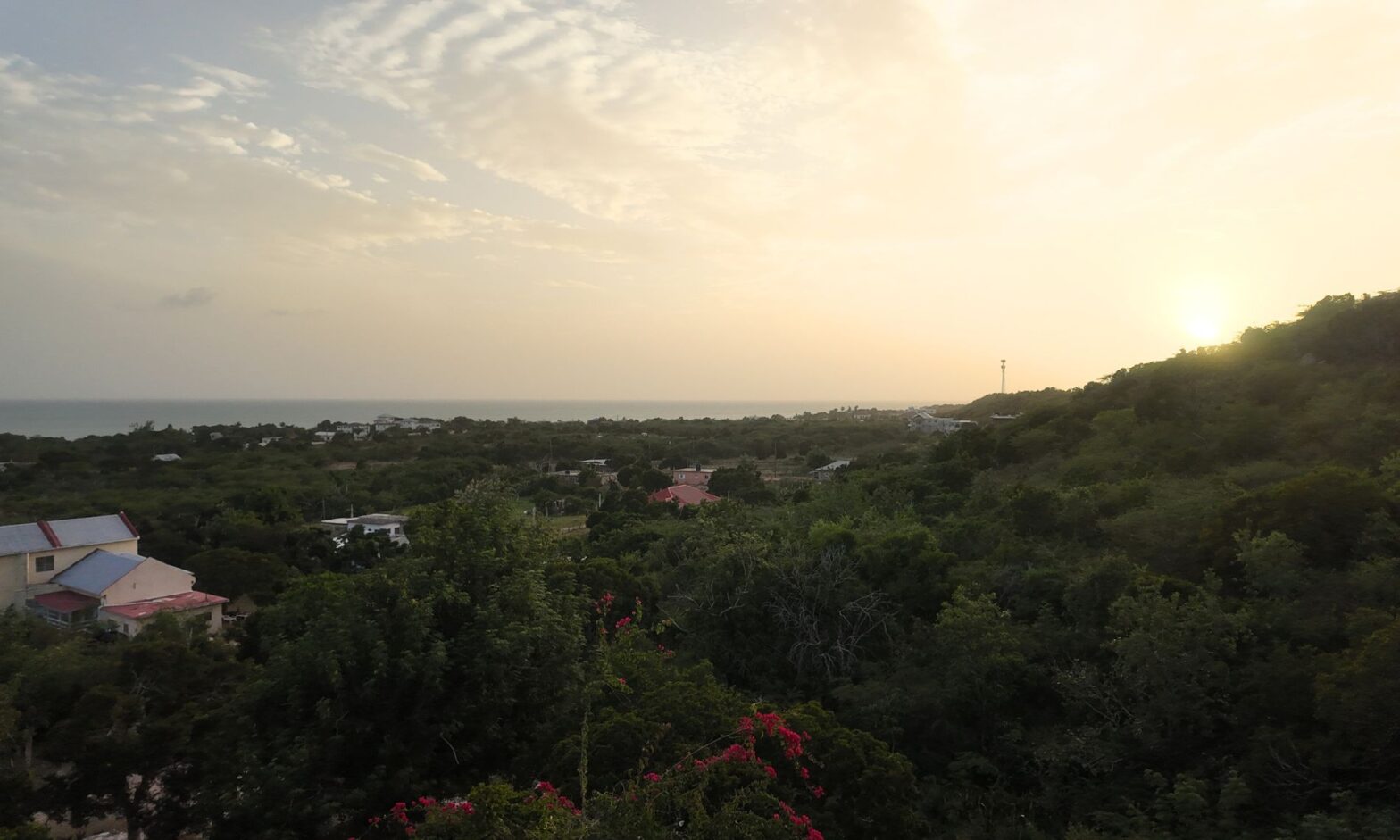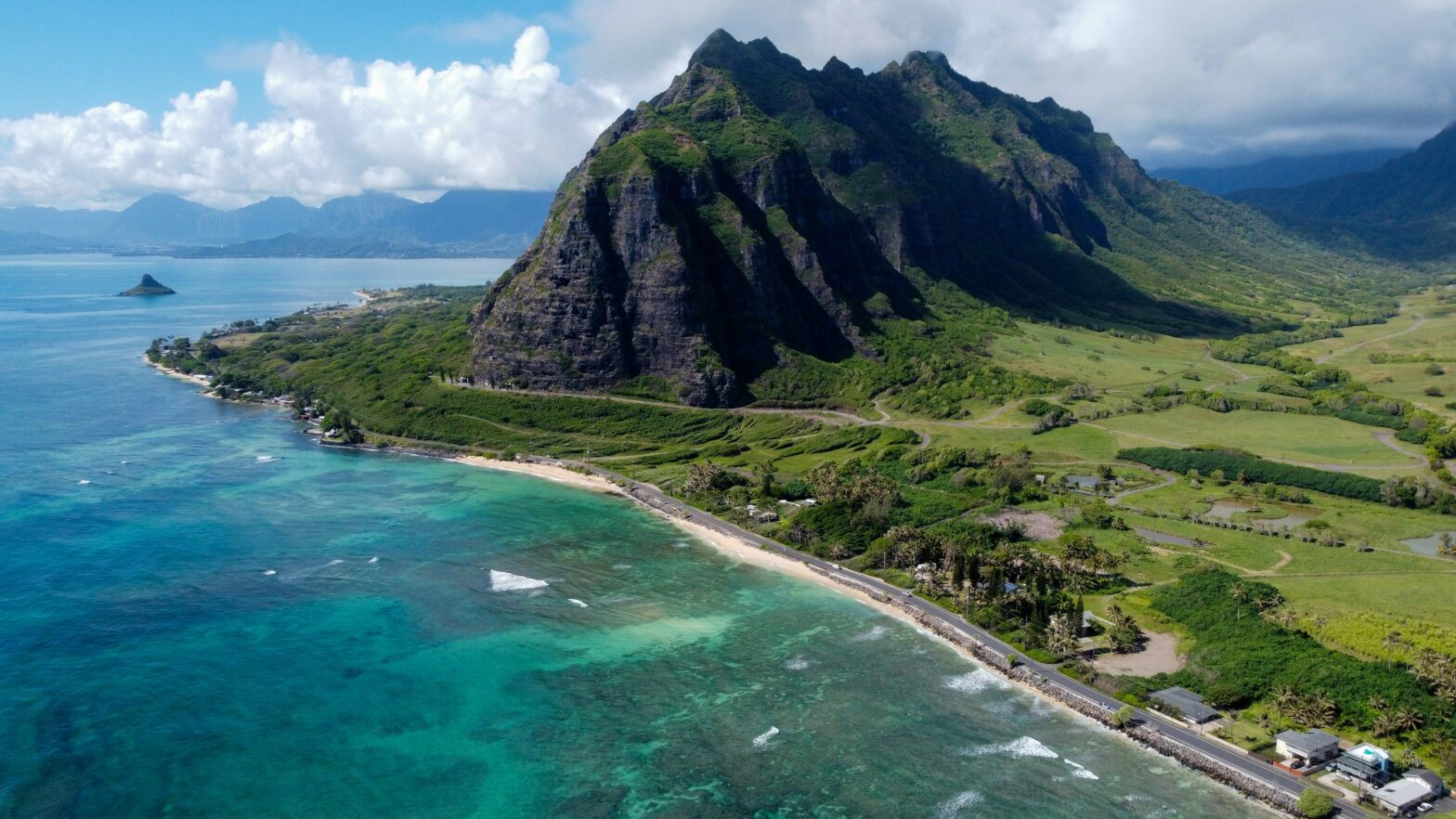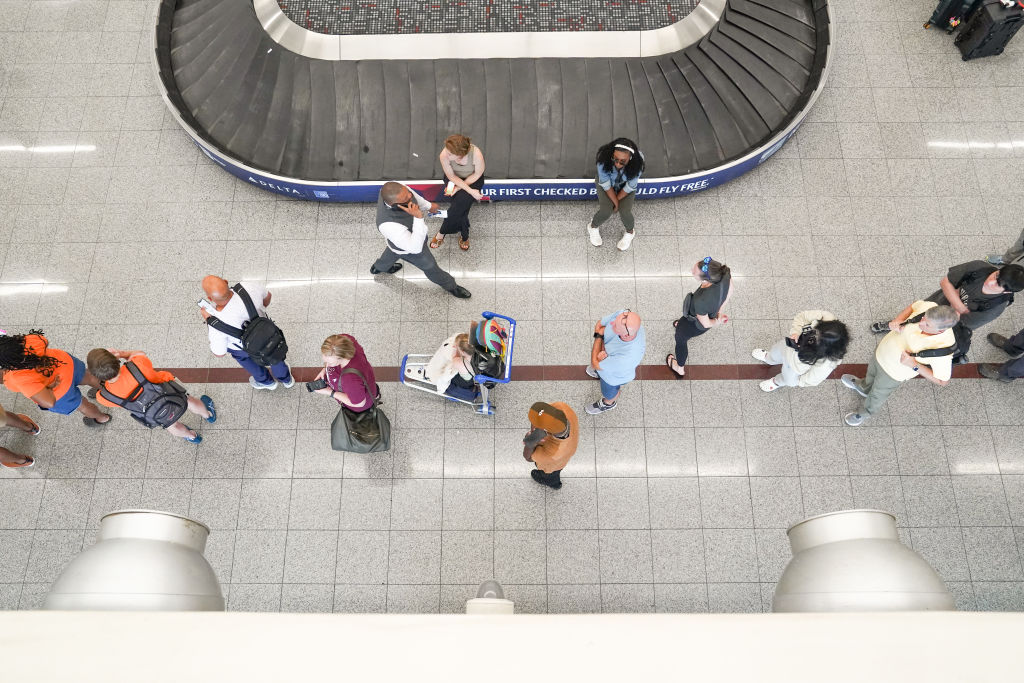In the lush green hills of Costa Rica, women are doing more than keeping ancient traditions alive. They’re also teaching visitors how to live in a better way for Mother Earth. These women, hailing from the Boruca and Térraba communities, are crafting a future that respects their heritage and the planet. Upon a visit with Intrepid Travel, one would discover a world where art beautifully imitates life.
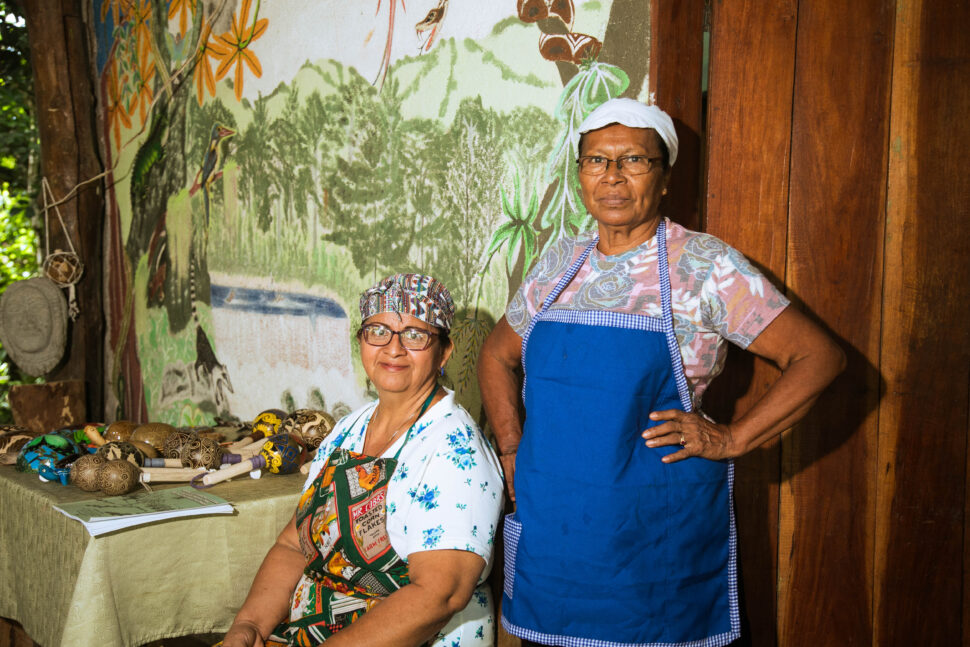
Colors of the Earth: The Boruca Women Weavers
The Boruca community in southern Costa Rica is known for its master weavers, primarily women, who create threads in eye-catching colors. What sets these artisans apart is their unique dyeing technique. Rather than relying on artificial dyes that can pollute waterways, they turn to nature for their hues. Leaves from the surrounding lands are boiled until their natural colors can be soaked up by threads. This eco-friendly method doesn’t just protect the environment; it also produces colors that are vivid and deeply rooted in the Boruca land.
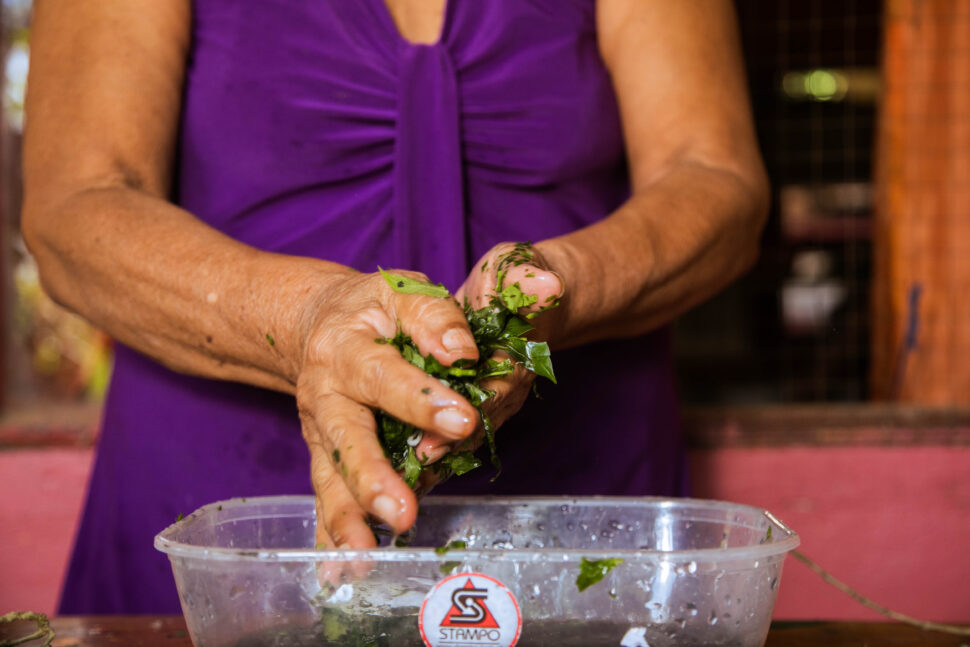
The sale of these hand-dyed fabrics does more than provide a source of income for the Boruca community. It also opens the door for meaningful conversations about sustainability. Visitors who purchase these unique threads are not just buying a piece of art; they’re buying into a philosophy of environmental responsibility and cultural preservation.

Térraba: The Matriarchs of Cultural Preservation
Travel a bit further, and you’ll find another community where women are the cultural torchbearers. The Térraba people have lived alongside the Térraba River for over 500 years, sustaining themselves off the land. In this society, women are revered as the ultimate teachers, responsible for passing down cultural wisdom through the generations.
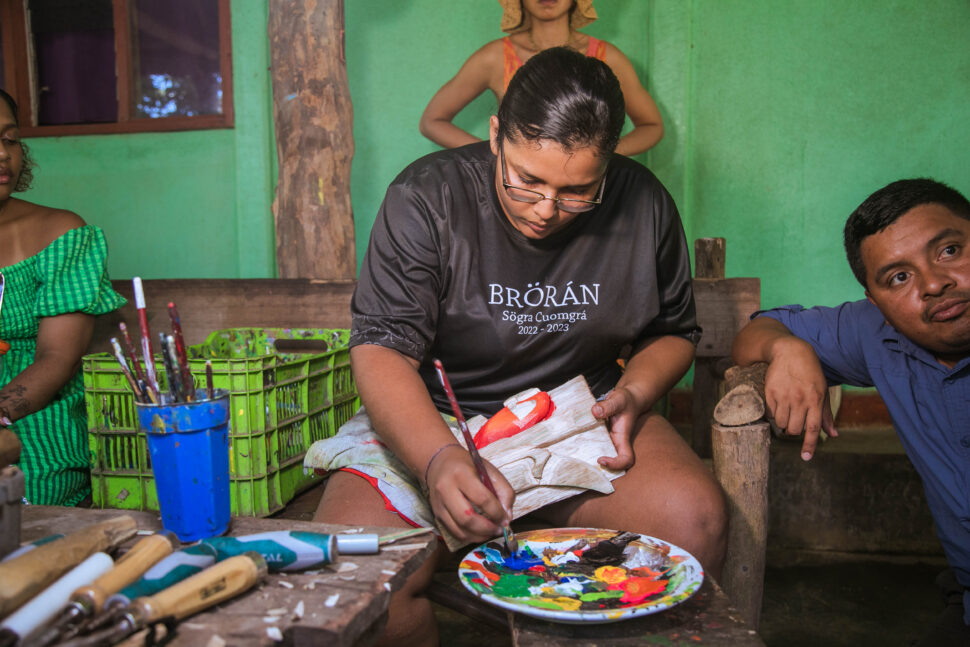
The Térraba region is home to six indigenous communities, one of them being the Brörán people. One fascinating tradition Brörán women uphold is the art of wooden mask-making. These masks, often carved from cedar or balsa wood, are detailed pieces that tell stories—some mythical, some rooted in nature. Visitors to the Térraba region often get a hands-on lesson on how to make these masks. However, this is no simple tourist activity; it’s a lesson in cultural preservation. The sale of these masks provides the Brörán people with income while ensuring their rich traditions continue to be passed down.
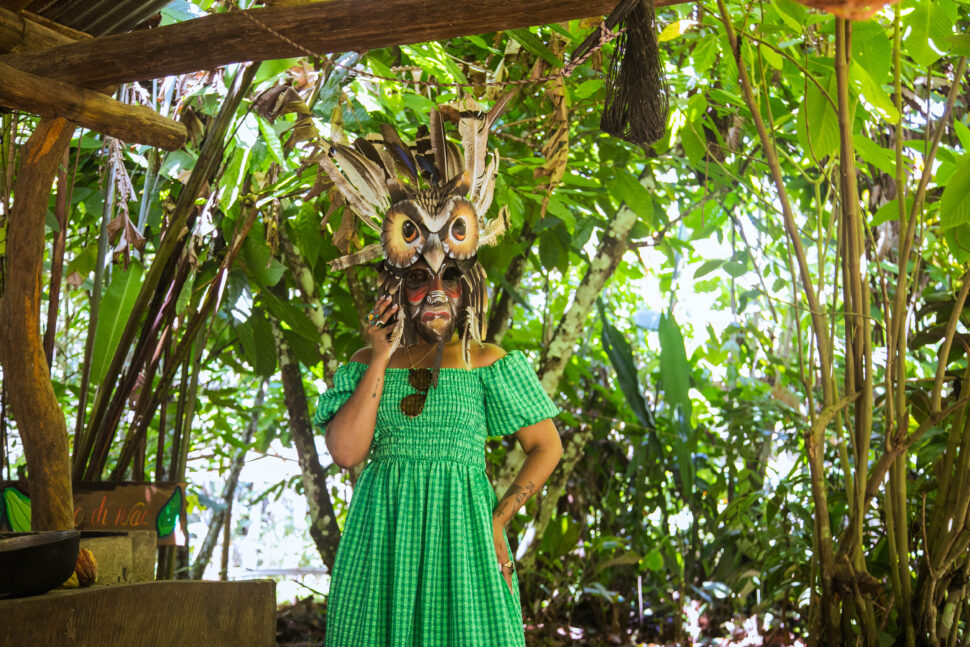
Chocolate as Heritage: The Cocoa Connection
The Térraba women are also central to another important community tradition: chocolate-making. Starting with the harvest of cacao pods, women oversee the lengthy process that turns these seeds into delicious chocolate. This maintains a time-honored practice and supports sustainable farming methods that benefit the planet.

A Travel Experience Like No Other
These communities should be part of your Costa Rican itinerary because they offer a travel experience unlike any other. This isn’t about passive sightseeing; it’s about meaningful engagement. When you buy a naturally dyed fabric from a Boruca weaver or carve a mask under the guidance of a Térraba artisan, you’re participating in age-old traditions. You also contribute to a local economy that respects the Earth and helps preserve a rich cultural heritage.
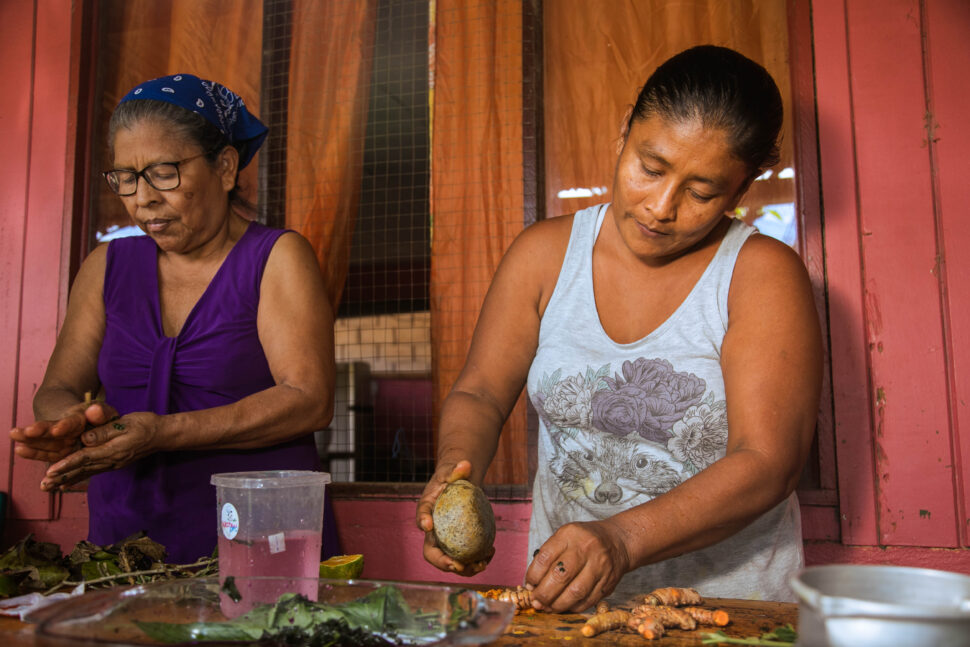
More Than Just Souvenirs
Both Boruca and Térraba communities offer the world far more than beautiful art and souvenirs to take back to your loved ones. Through their crafts, these women share living philosophies that honor their ancestral roots and the planet. A woven fabric from Boruca or a carved mask from Térraba is not just a souvenir. It symbolizes sustainable living and cultural respect, a tangible piece of a much larger and important global conversation.


